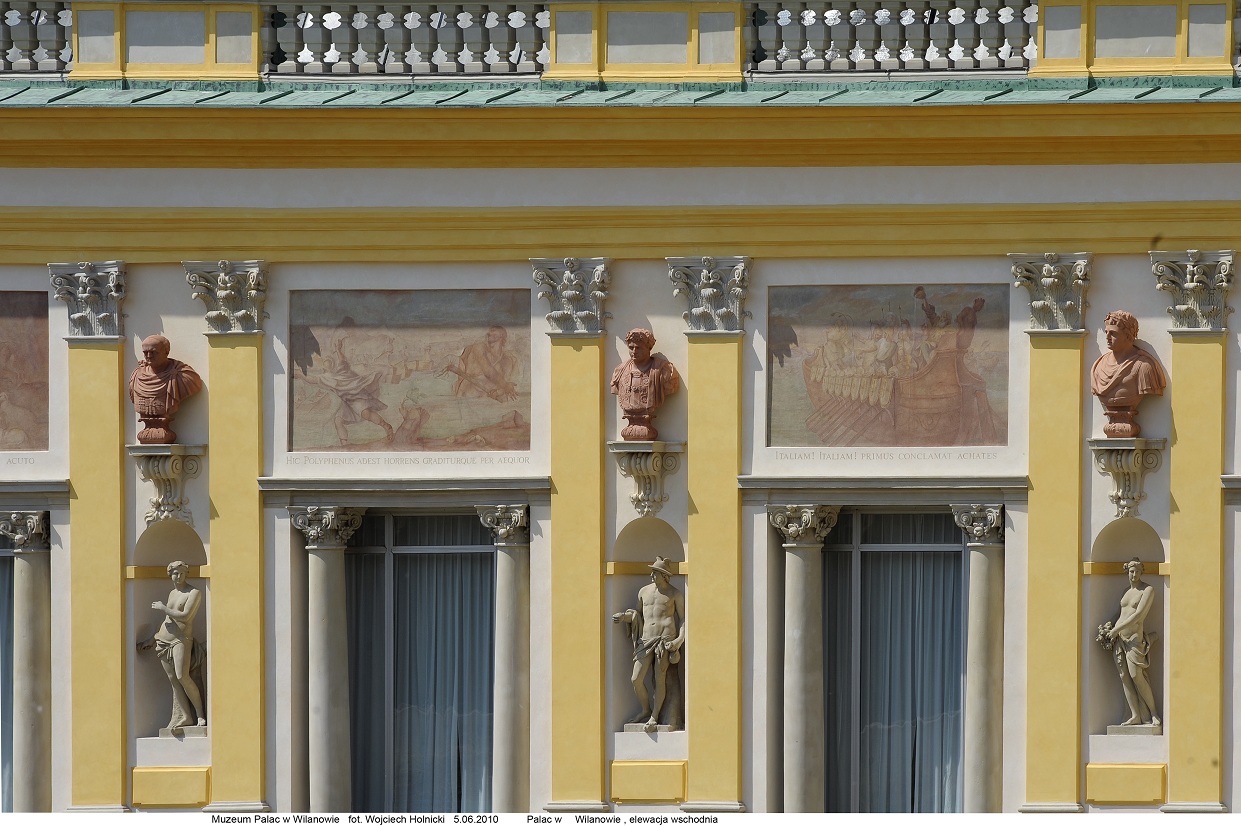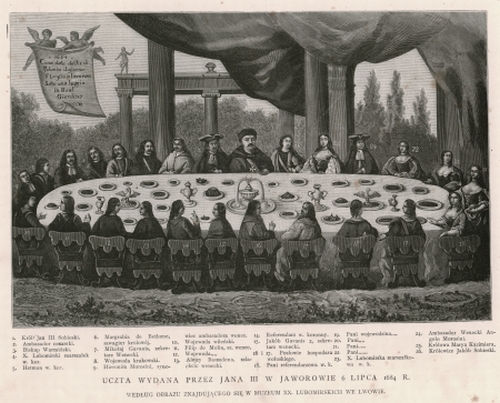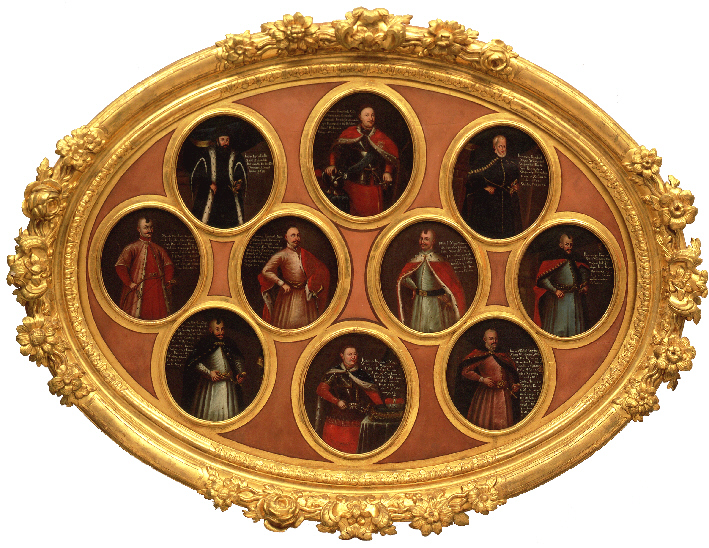Votive plaques - an expression of Sarmatian religiousness
Silver votive plates or plaques were very popular across Europe, from Greece through the Balkans, France and Germany. However, they were the most widespread in Poland, especially in the 17th and 18th centuries, becoming a characteristic feature of Sarmatian religiousness, culture and aesthetics.
Votive offerings were placed in temples, near popularly worshipped, miraculous images. They symbolised the worship of God and were an expression of a special, personal prayer in which one asked for help, entrusted one's community, friends and relatives or thanked for the graces already received.
There were many types of votive offerings, depending on themes and means of representation. The most popular and numerous were the ones that pictured individual motifs and symbols. Body part-shaped plaques expressed a request or thanksgiving for saving one's life and health. Infants were entrusted to Providence (symbolised by plaques in the form of babies wrapped in swaddling clothes) as well as animals that fed families (plaques representing cows, horses or sheep). There are also individual representations of a worshipped person or patron saint, or sometimes larger religious scenes (Crucifixion, Resurrection, the Holy Trinity). Another typical motif is that of a donor in adoration of a holy figure. This motif used to be represented on its own or as part of a more complex scene, featuring family members or even farm animals, against the background of a house and household. Such scenes could be accompanied by coats of arms, monograms or more elaborate texts that, apart from a prayer to a saint, often contained complex honorary titles of the donor.
The makers of such plaques used certain fixed, popular patters codifying gestures and spatial relations; donors are usually kneeling, hands pressed together in a gesture symbolising humbleness, lowliness and submission to God's custody, and a state of deep prayer. They are often holding a rosary or cross and dressed in ceremonial attire emphasising their social status - men typically wearing the kontusz and delia, sabre in place. Another characteristic feature is a disproportion between an unnaturally big figure of a saint (symbolising his protective power) and a miniature figure of the donor. A ray between the heads of both figures signifies their union in a prayerful conversation.
The shape and size of plaques differ, but most are rectangular with engraved or repoussed images. They were made of silver or, equally often, silver-plated copper plate, their makers being both the most distinguished artists, such as Johann Gottfried Schlaubitz from Gdansk, an artist in the service of the king, and regular craftsmen, smiths or amateur "parish fair" artists. The work of the latter is characterised by simple forms and unskilled representation of humans and animals, however, it constitutes a convincing proof of former religiousness.
Votive offerings, especially in places particularly worshipped by believers, often received a "second life"; they were remade into silver applications for worshipped images or liturgical utensils, or, in times of war, remelted for use in weapons, to serve the homeland.
Translation: Lingua Lab



